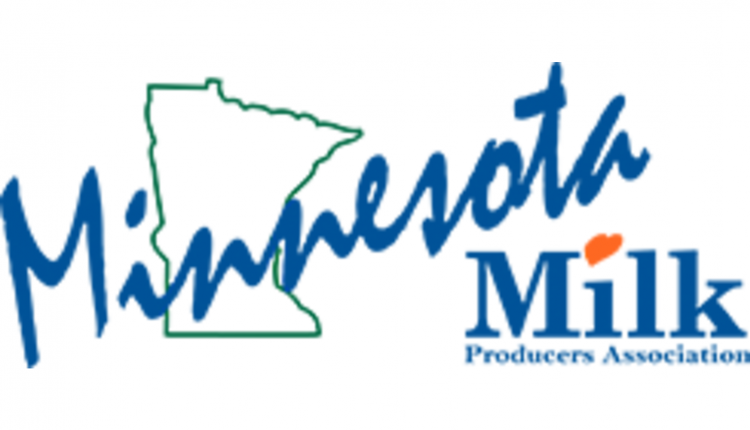
Cows are ruminants and depend on a consistent ration with high-quality forage. Changes in ration consistency can impact cow performance. But it's difficult to see how cows react to deliberate or unintended ration shifts before obvious signs occur, like a drop in your bulk tank or changes in cow health. Herd monitoring technology offers a way to detect early cow reactions, so adjustments can be made before larger performance losses add up.
"Herd monitoring technology tracks individual, group and herd activity to give farmers a heads-up on how animals are reacting to nutritional changes," says Tara Bohnert, business development manager at Nedap Livestock Management. "The data empowers farmers to intervene and implement management changes before significant performance is lost."
See these three ways cow monitoring technology works to improve dairy performance regardless of whether your forage quality is exceptional, sub-par or somewhere in between this year:
1. Early warning system
You can't watch every cow, every hour of every day. Nor are cow reactions to diet changes always visible to the human eye, especially early on. But cow monitoring with eating and rumination monitoring tracks cows 24/7 to help provide that needed insight.
"Cow monitoring systems offer an early, accurate glimpse into the cow's digestive process," says Bohnert. "You'll be able to see a ration's effects before you would see a change in milk production or health status."
The benefit? Earlier intervention.
Field and harvesting conditions, mycotoxin prevalence, storage management, diet preparation and feed delivery all influence ration consistency. For example, if you suspect forage quality has dropped and you see eating and rumination start to shift in a negative direction, you might consider incorporating some higher quality feed into the ration to balance things out.
Or, if you're unsure how suspected mycotoxins impact your herd – and start feeding affected feed only to notice changes in pen and herd eating and rumination patterns – you'll have the answers you need to dive deeper into your feeding strategy.
2. Investigative starting point
Herd monitoring systems can also help identify diseases that may otherwise go unnoticed, like sub-acute ruminal acidosis (SARA). SARA is a costly disease, costing up to $400 per cow per lactation – and the dairy industry $500 million to $1 billion annually.1
"Inconsistent feed intake, feed delivery issues or forage quality challenges can be related to SARA and other negative health effects," says Bohnert. "Without cow monitoring, these issues can go unnoticed for weeks or months, making it difficult for farmers to get to the root cause of what's happening in their herds."
With monitoring data in hand, you can more quickly find and address forage quality issues, correct feed management protocols and uncover other underlying nutrition-based issues. Plus, you can use this knowledge to prevent future setbacks.
3. Promotes teamwork and results
Herd monitoring systems can also benefit your employee and consulting teams, empowering team members with the tools they need to improve job performance and satisfaction.
"Monitoring technology can help create specialized positions on your dairy, offering employees and herd consultants more problem-solving ownership and resources," says Bohnert. For instance, it may be possible for someone on the team to specialize in interpreting herd monitoring data.
Plus, you can safely provide access to your herd's information to those who need it most, like your nutritionist and veterinarian.
"With a farmer's permission, nutritionists and veterinarians can get direct access to eating and rumination activity as they work with you to improve herd performance," says Bohnert. "It's an additive benefit to their services since the data gives them more complete diagnostic information to help farmers make better management decisions and improve animal health and productivity."
Contact Tara Bohnert at tara.bohnert@nedap.com or visit nedap.com/dairyfarming to learn more about cow monitoring technology.
Nedap Livestock Management is the global leader in farming automation using individual animal identification. For more than 40 years, Nedap strengthens dairy farmers through the most reliable and innovative cow identification, monitoring and automation solutions. They empower managers and personnel with dependable information to make operational and strategic decisions and help dairies become more efficient, productive and successful.
For Nedap, trust and reliability in both partnership and technology are key. Leading international dairy farming companies, including genetics and milking equipment suppliers, partner with Nedap to include its technology in their systems. A publicly listed company, Nedap employs more than 750 people globally, across 10 locations and seven business units.


